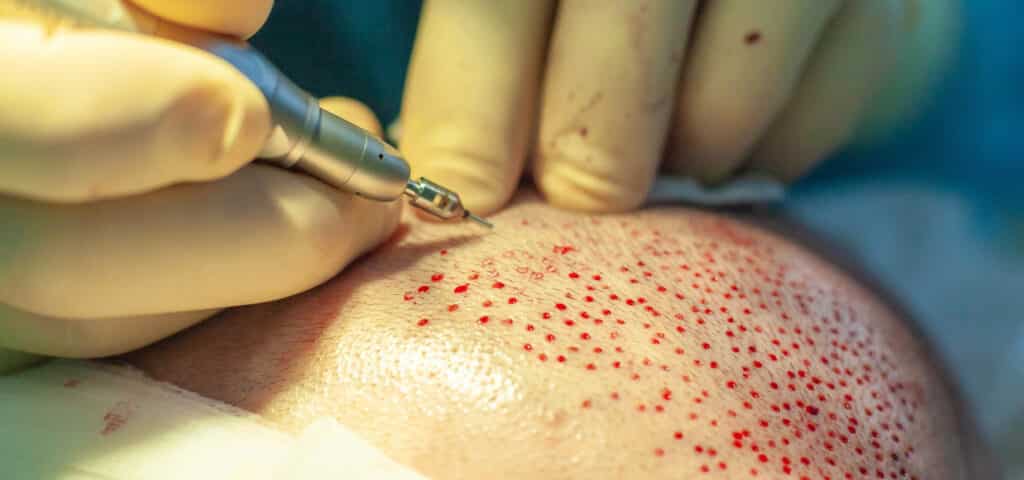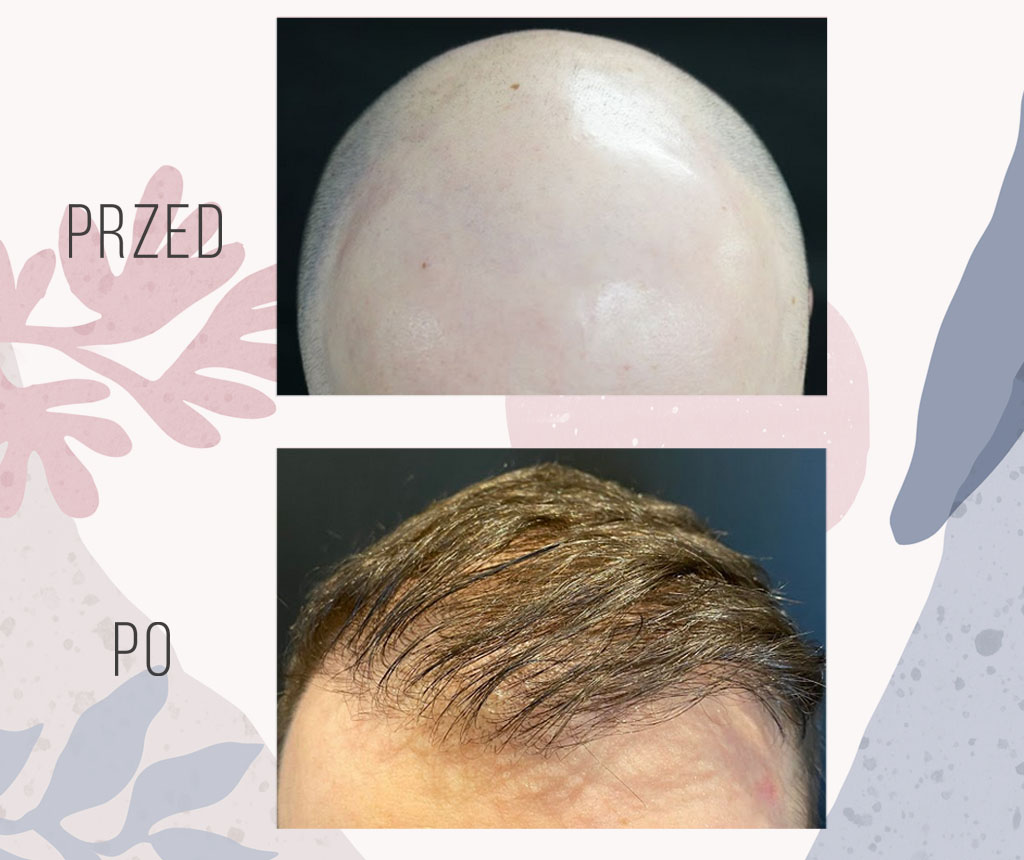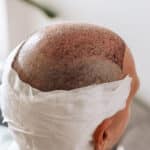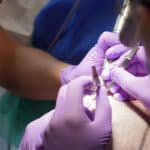A hair transplant is one of the most popular methods of treating hair loss, helping thousands of patients every year regain their confidence and achieve natural-looking hair. Although the procedure is highly effective, a common question arises: can a hair transplant be repeated? The answer is yes – it is possible, and in some cases even recommended. In this article, we explain why a second transplant may be performed, when is the best time to plan it, and what you should know before deciding.
Hair transplant – a procedure that can be repeated
Contrary to popular belief, a hair transplant is not always a one-time procedure. While for many patients one well-planned and properly performed transplant is enough, for some, repeating the procedure is necessary – usually to increase hair density, improve aesthetic results, or address further progression of baldness. The possibility of performing another transplant depends on several factors, including donor area availability, type of hair loss, patient expectations, and the overall condition of the scalp.

A repeat procedure can even be planned during the initial consultation – especially in cases of extensive hair loss, where a single session may not be sufficient to achieve the desired density. In other situations, the decision is made later, once the healing process is complete and both the doctor and patient can realistically assess the results of the first transplant.
Why do patients opt for a second hair transplant?
The most common reason for a repeat transplant is the desire to increase density. Although transplanted follicles usually grow successfully, the density may not always match natural levels – especially in patients with large bald areas. An additional session can significantly improve the look, adding volume and natural coverage.
Another reason is progressive hair loss. Transplanted hair is resistant to hormones responsible for androgenetic alopecia, but the natural hair that remains in other areas may continue to shed. Over the years, new thinning areas may appear, which can be filled in with another transplant.
| Aspect | First transplant | Second transplant |
|---|---|---|
| Goal | Restore hair | Increase density / aesthetics |
| Number of grafts | Higher | Usually lower |
| Recovery time | Standard | Sometimes shorter |
| Risk of complications | Low | Low, depends on scalp condition |
| Results | Visible after 6–12 months | Visible after 6–9 months |
There are also cases where the patient is dissatisfied with the first procedure – particularly if it was performed in another clinic without sufficient experience. In such cases, the second transplant may serve as a corrective procedure: improving the hairline, refining graft placement, or filling in areas that did not heal as expected.
Read more: How to avoid a failed hair transplant?
When can a second hair transplant be performed?
The recommended interval between transplants is at least 9 to 12 months. This is due to the natural hair growth cycle – transplanted follicles need time to take root, enter the anagen phase, and begin producing new hair. Only after a full regrowth cycle (usually 12 months) can the final results be assessed and further steps planned.
Read more: How to care for your hair after a transplant?
It is crucial that the decision for a second procedure is made together with a specialist – after a thorough evaluation of scalp condition, donor area availability, and the technical feasibility of another surgery. At Piotr Turkowski’s Clinic, every case is approached individually – with a focus on safety, realistic expectations, and long-term results.
What should be considered before another transplant?
The most important factor: donor graft availability. Every patient has a limited number of follicles that can be safely harvested from the donor area. If a large number was already used in the first procedure, the doctor must carefully evaluate whether another session is possible and, if so, how much can still be safely transplanted.
Another key factor is scalp condition – its elasticity, scarring (especially after previous STRIP procedures), and overall health. Each intervention requires time for blood vessels to regenerate and for the skin to recover, so a detailed trichological evaluation is essential before another procedure.
Patient motivation also plays a role – a second transplant should be a well-thought-out decision, not a reaction to short-term dissatisfaction. In some cases, patience, proper care, and understanding the natural regrowth process are enough to turn what seems like a modest result into a very good outcome.
“A repeat hair transplant is not just about improving aesthetics – it’s often a chance to restore full density in a natural and lasting way. The key is careful planning and realistic patient expectations.”
— Dr Piotr Turkowski
Are the results of a second transplant just as good?
Yes – provided the procedure is well planned and the patient follows postoperative care guidelines. The second transplant can deliver results just as good, and sometimes even better than the first – particularly when the focus is on precision, hairline refinement, or filling in new thinning areas.

effect after two hair transplant procedures
At Piotr Turkowski’s Clinic, every procedure is performed with the same precision as the first: preceded by a consultation, donor area analysis, digital documentation, and a personalized transplant plan. Using state-of-the-art techniques and microsurgical tools, we achieve natural, lasting results tailored to each patient’s expectations.









